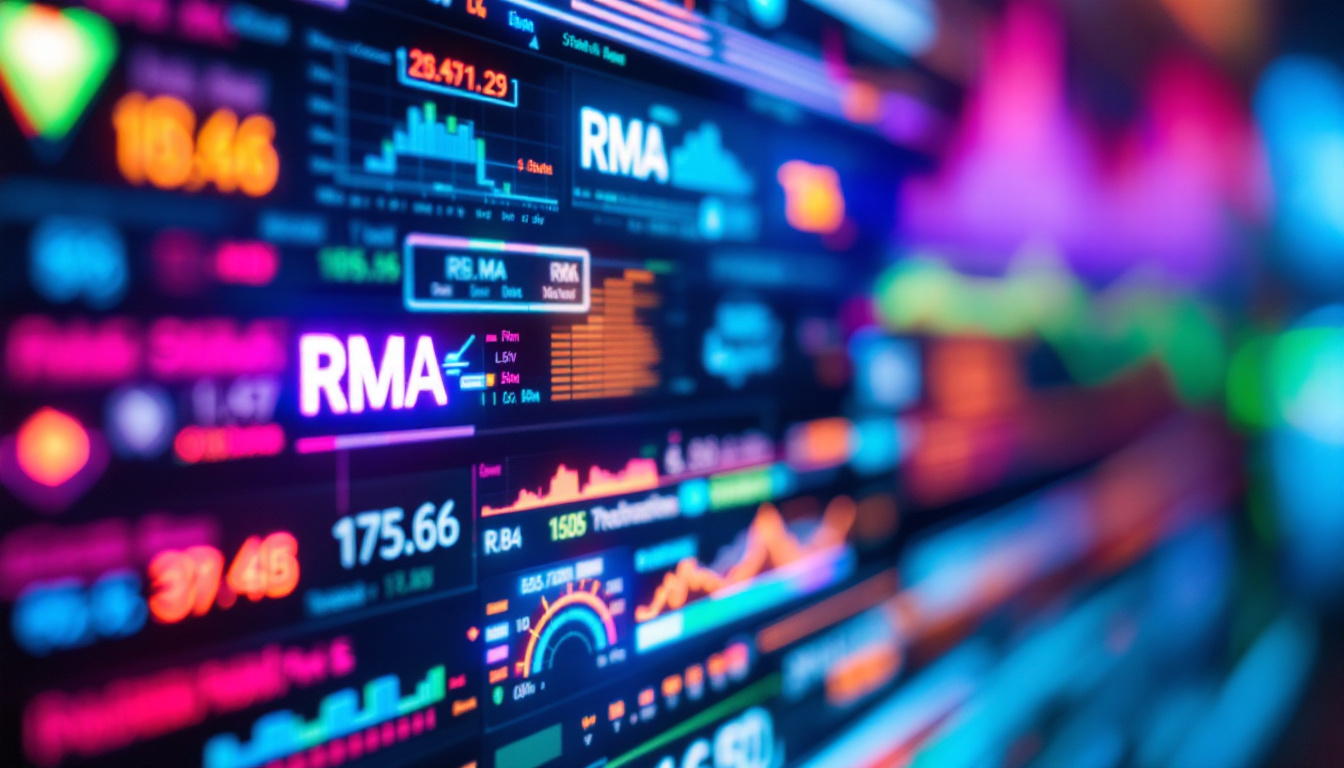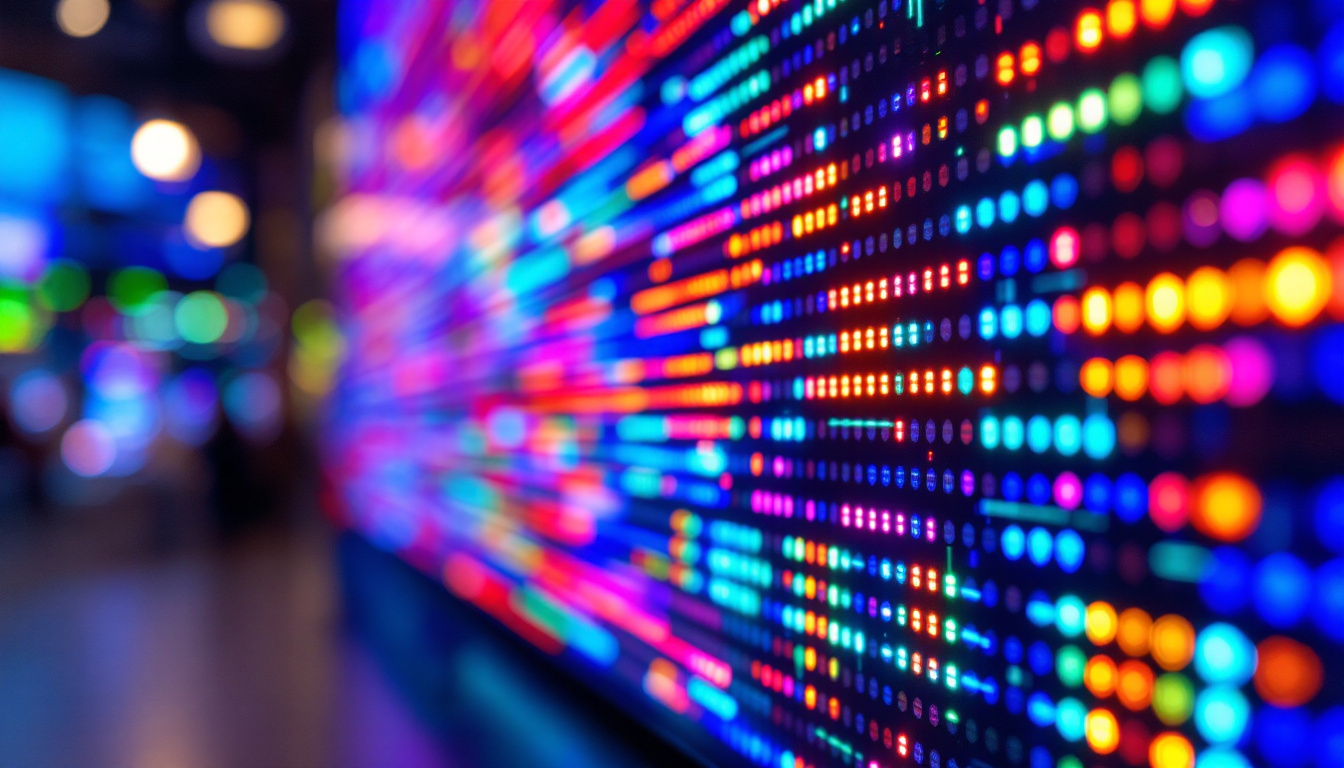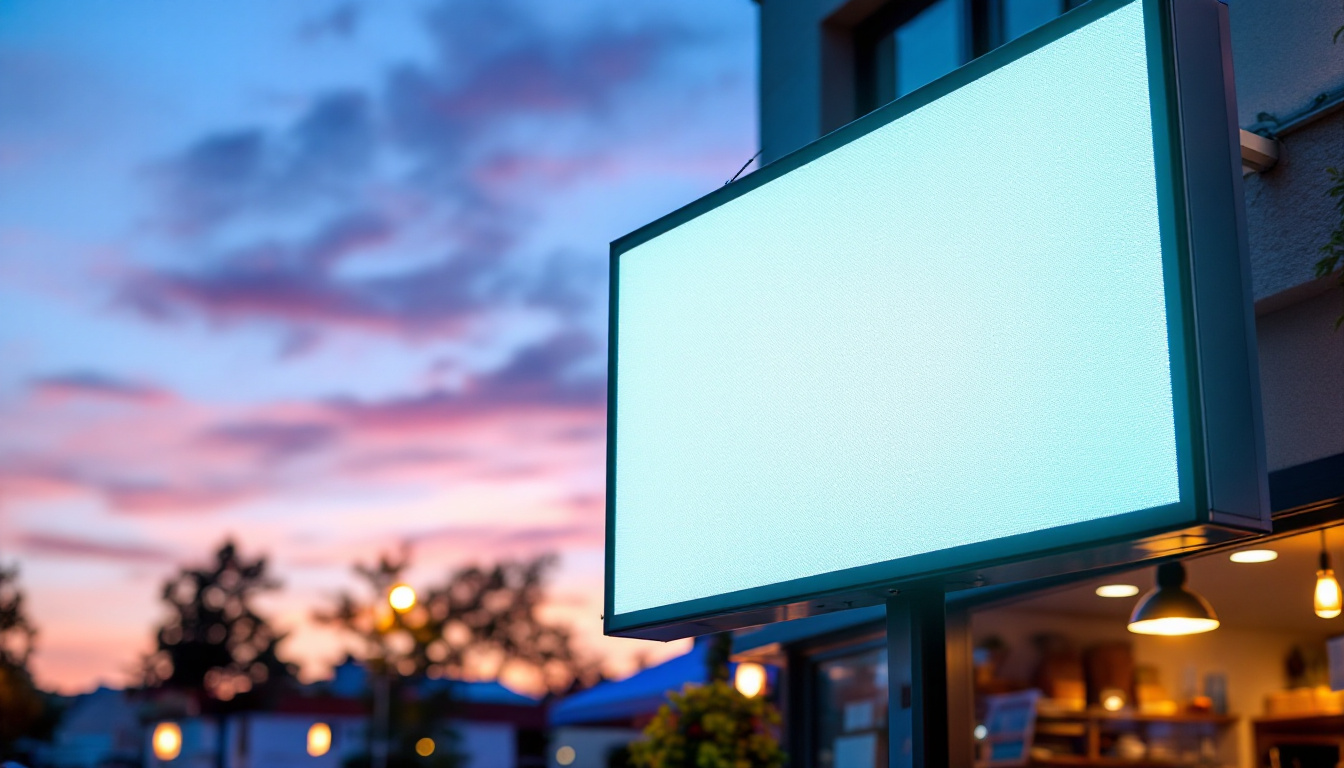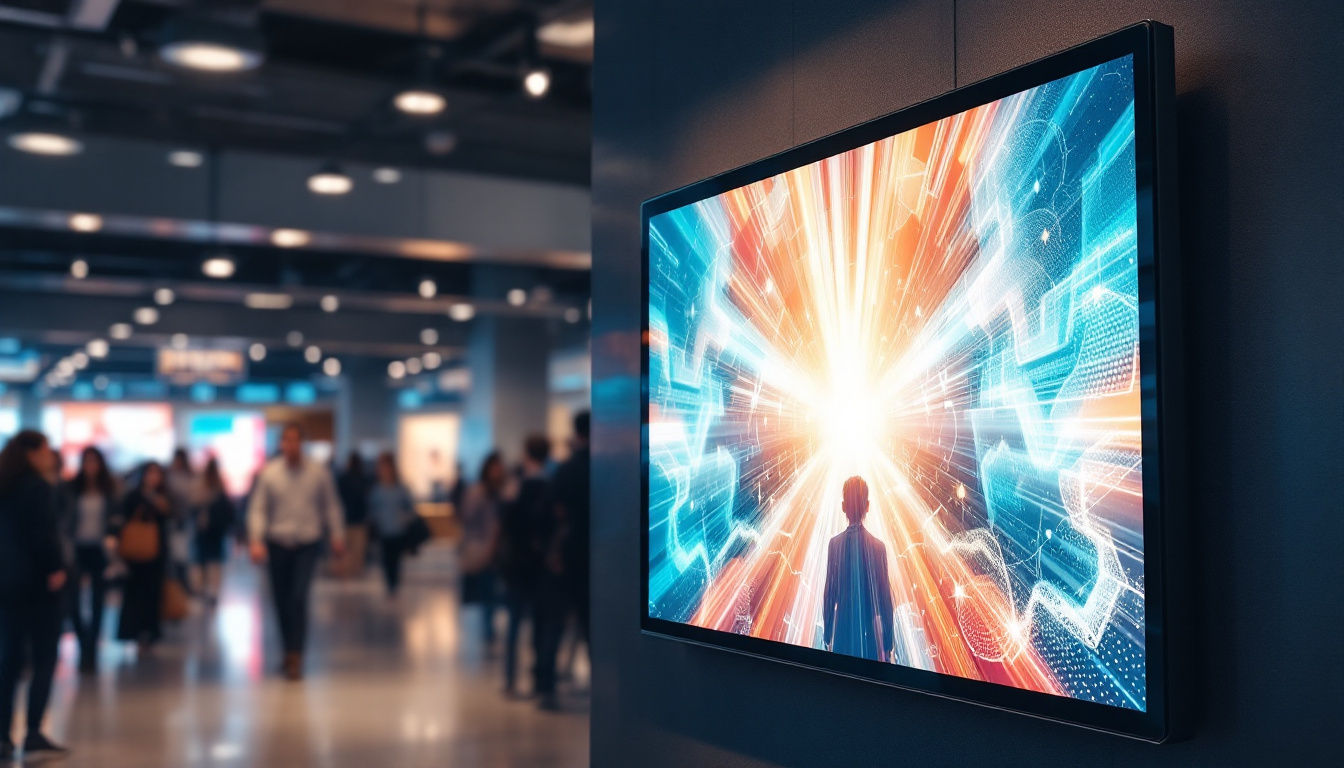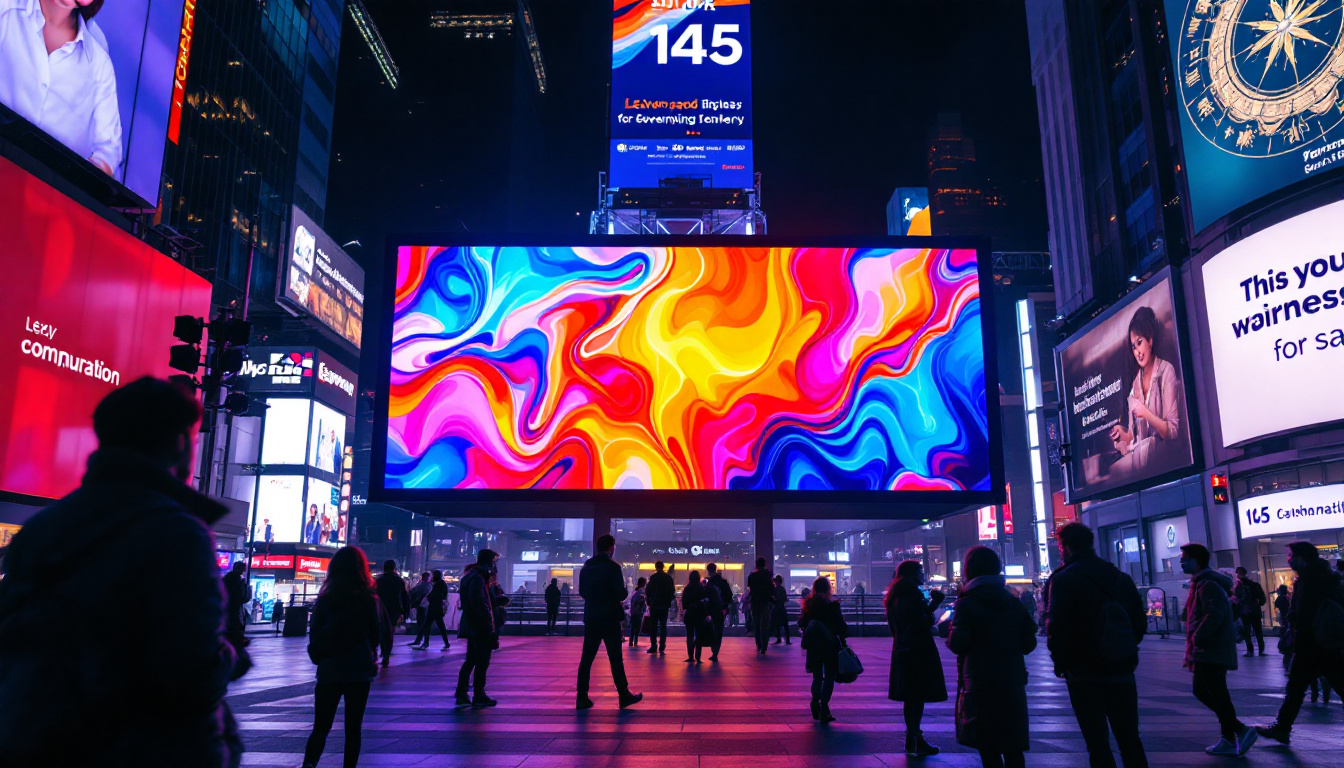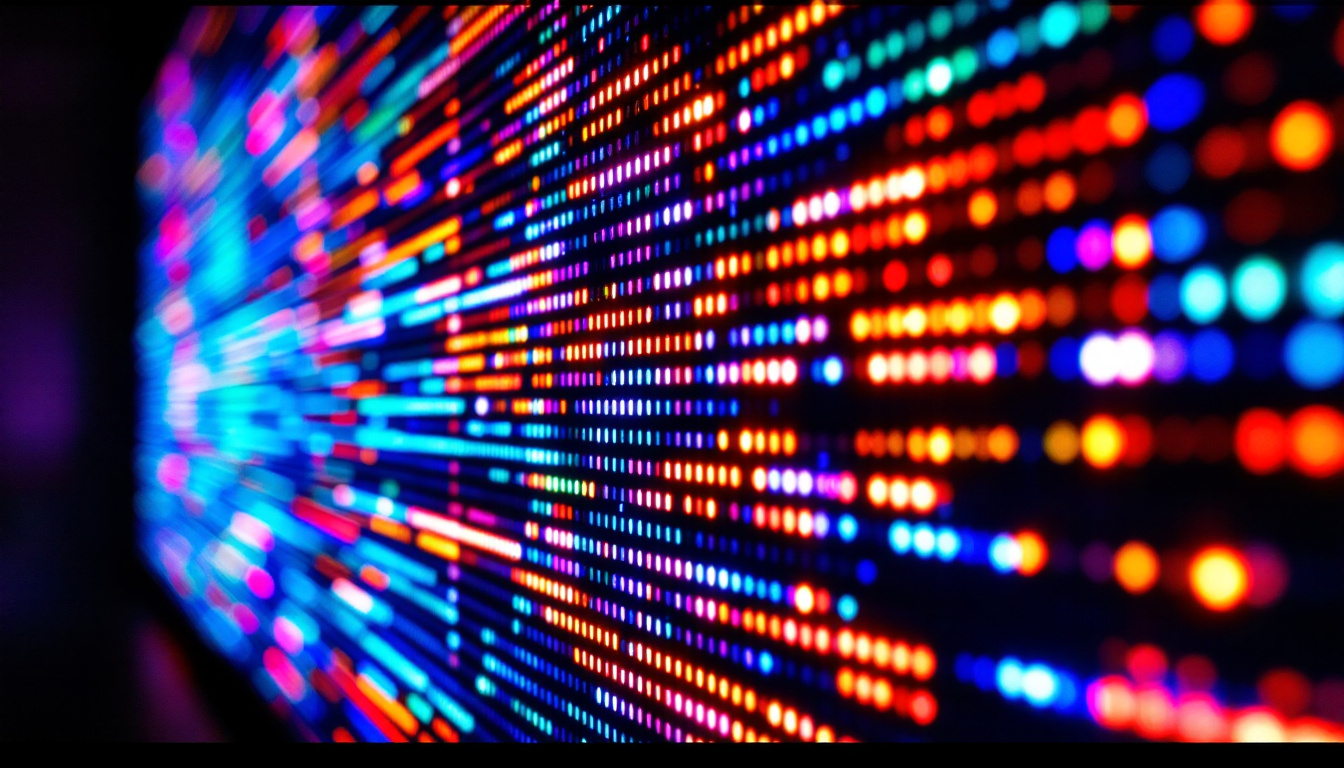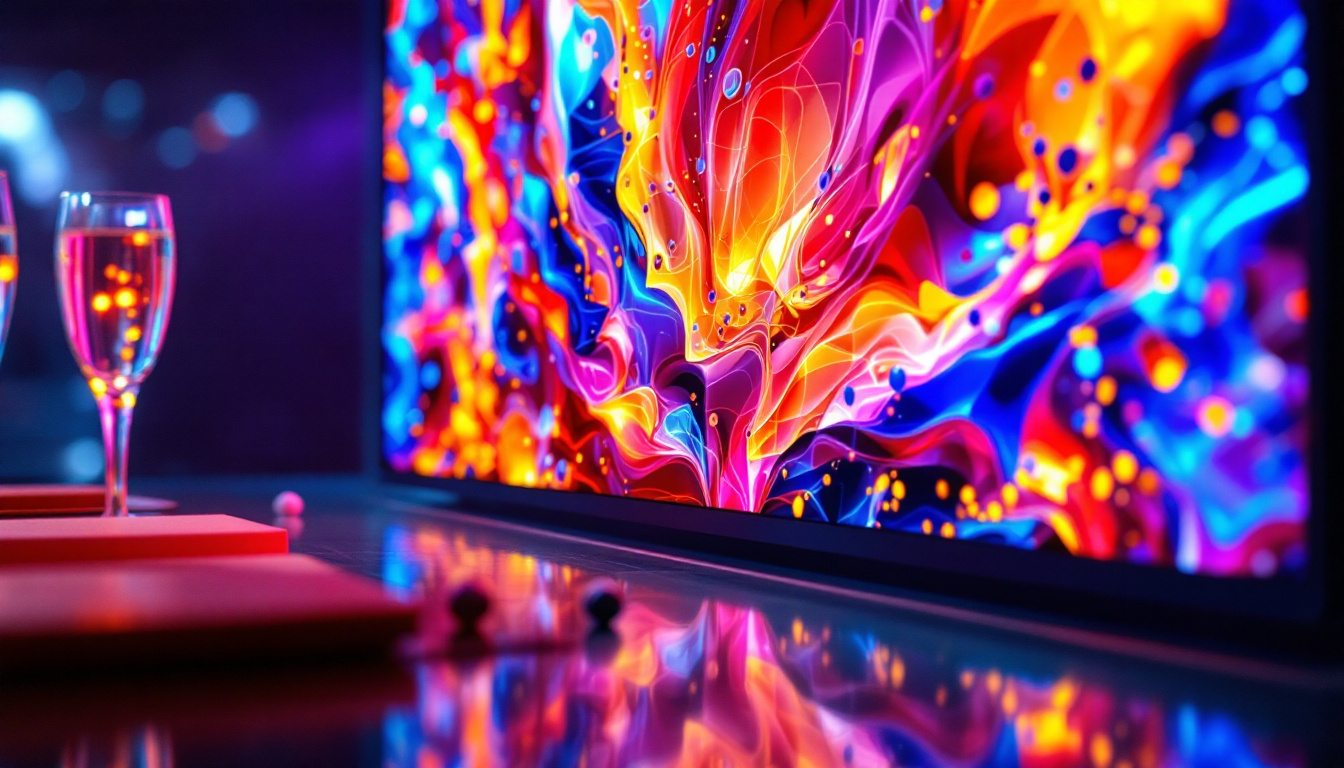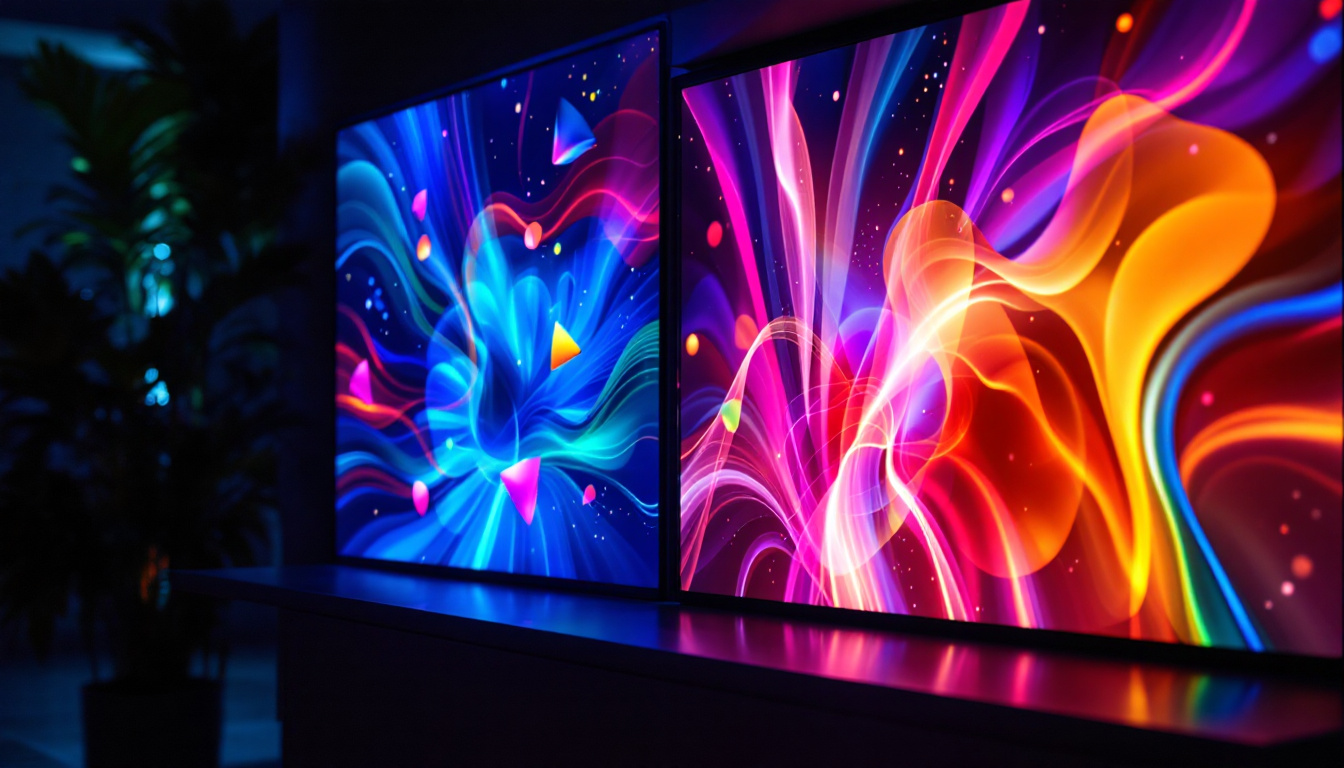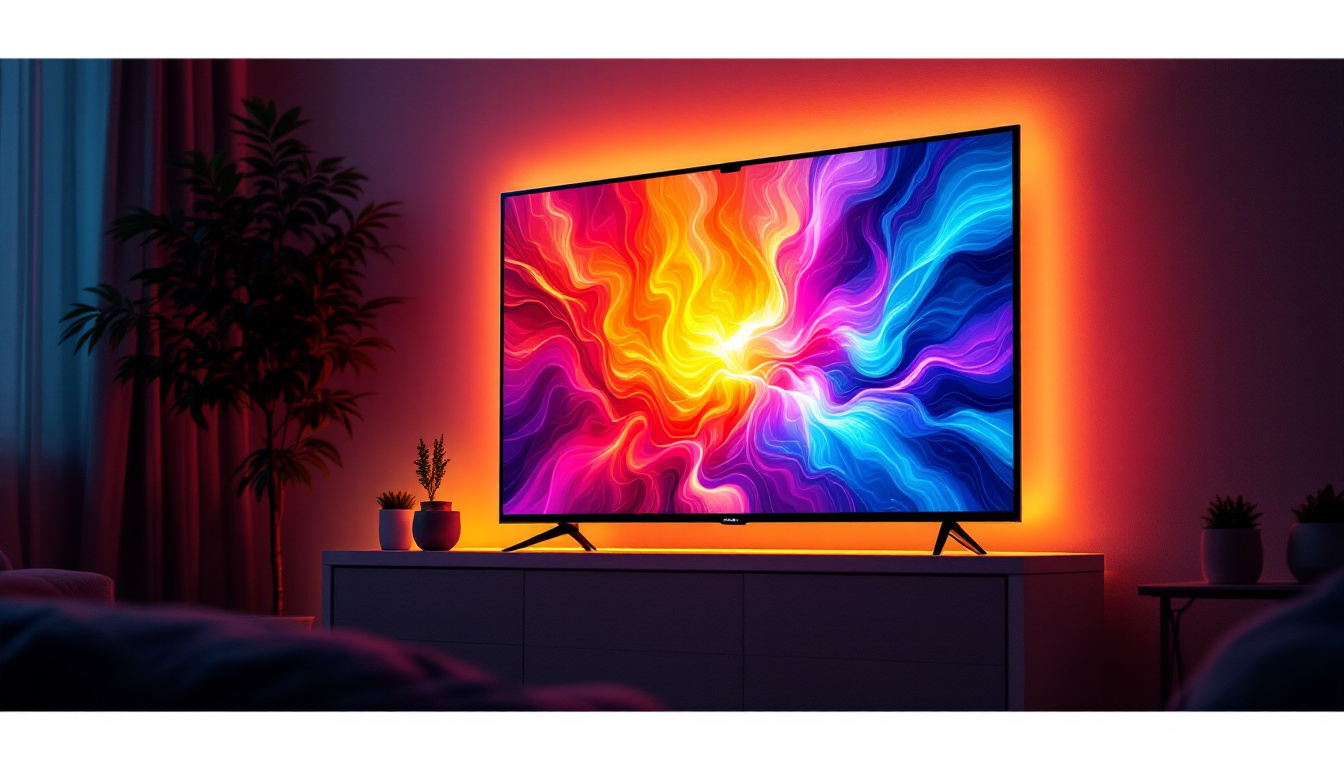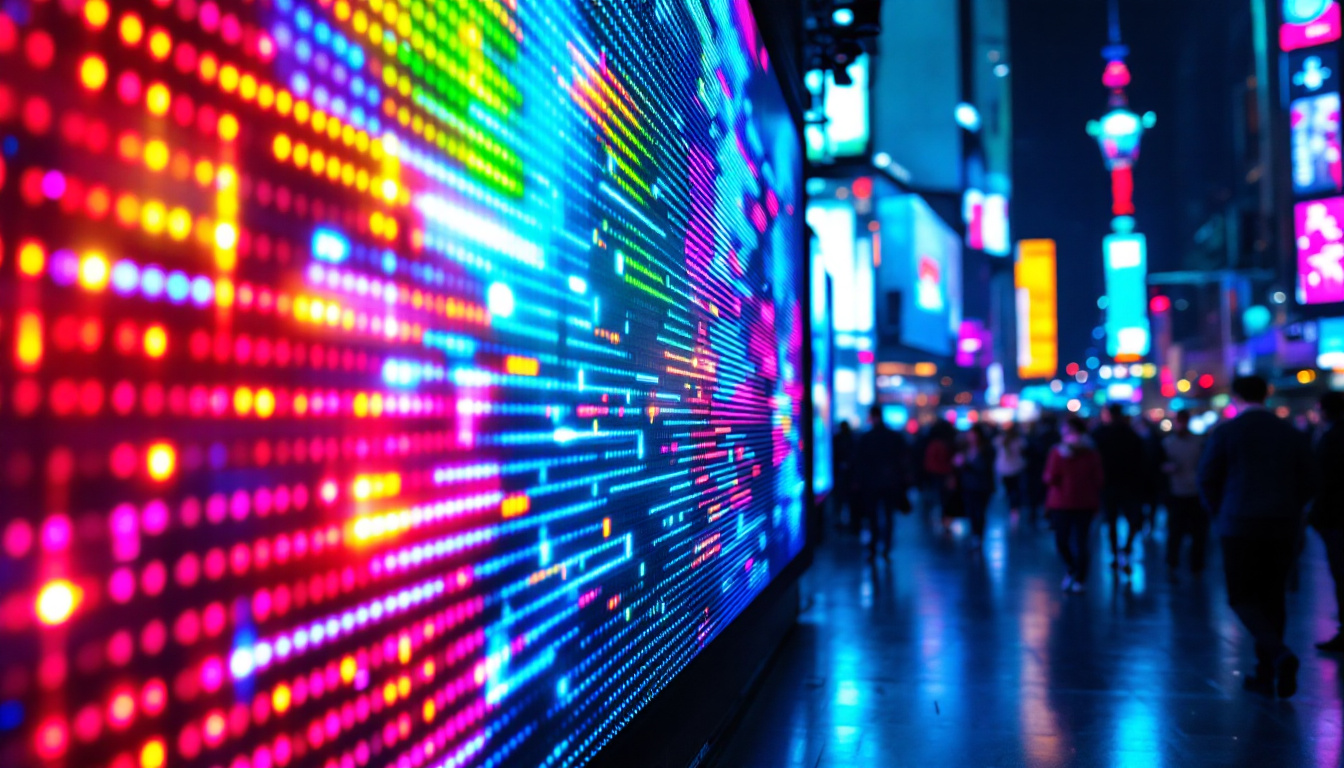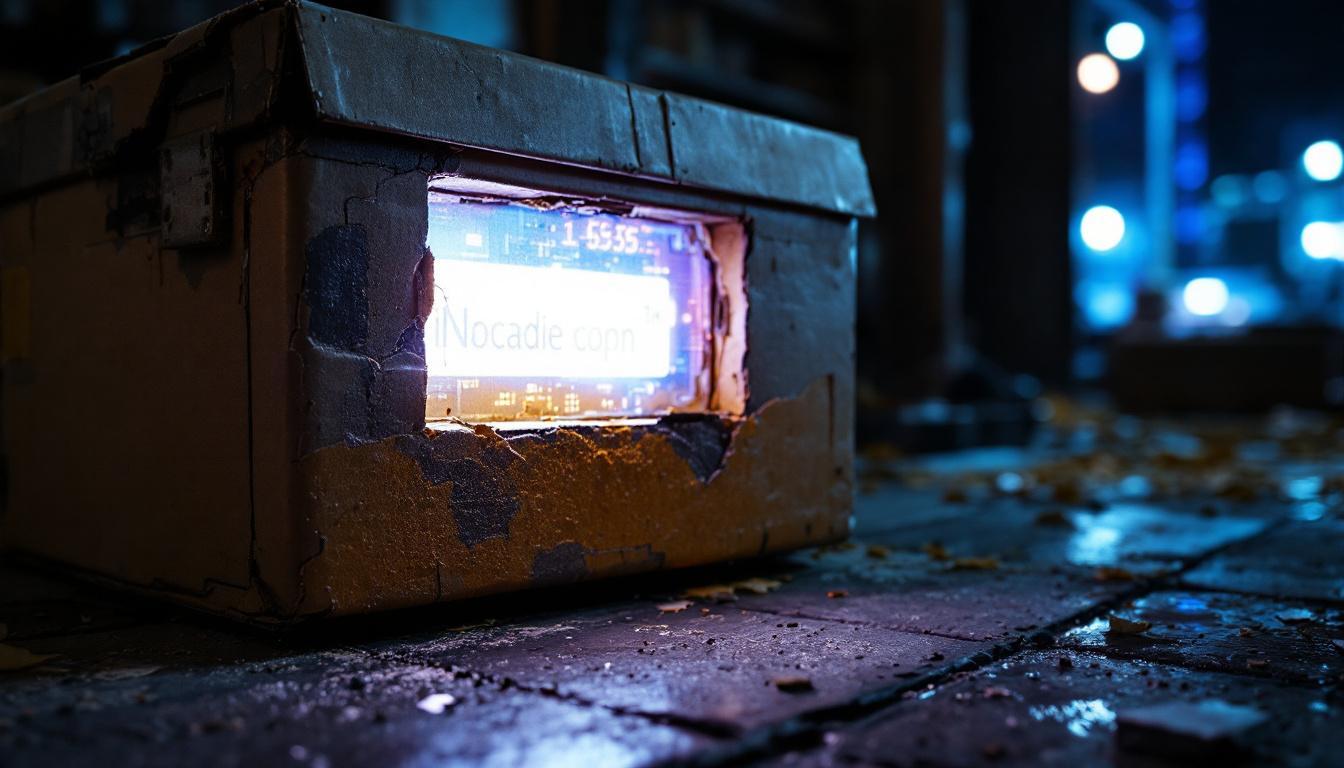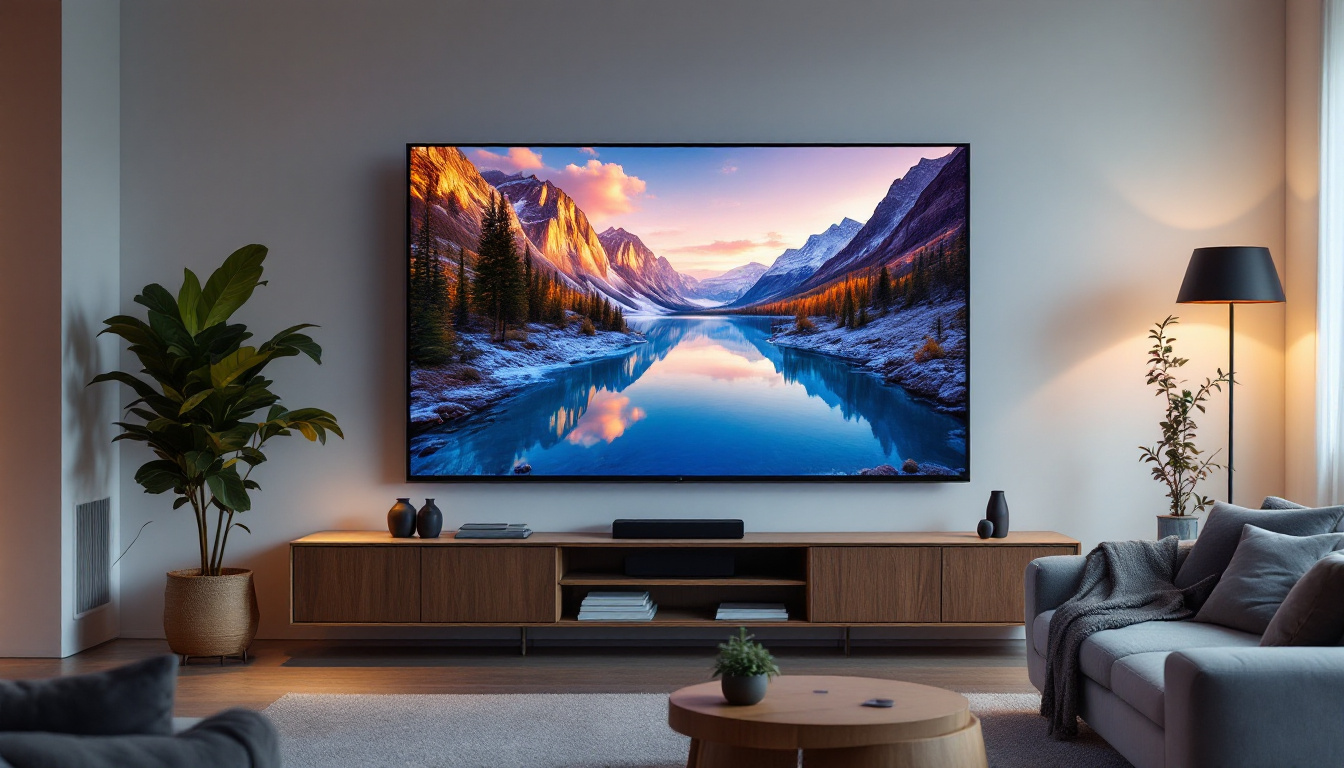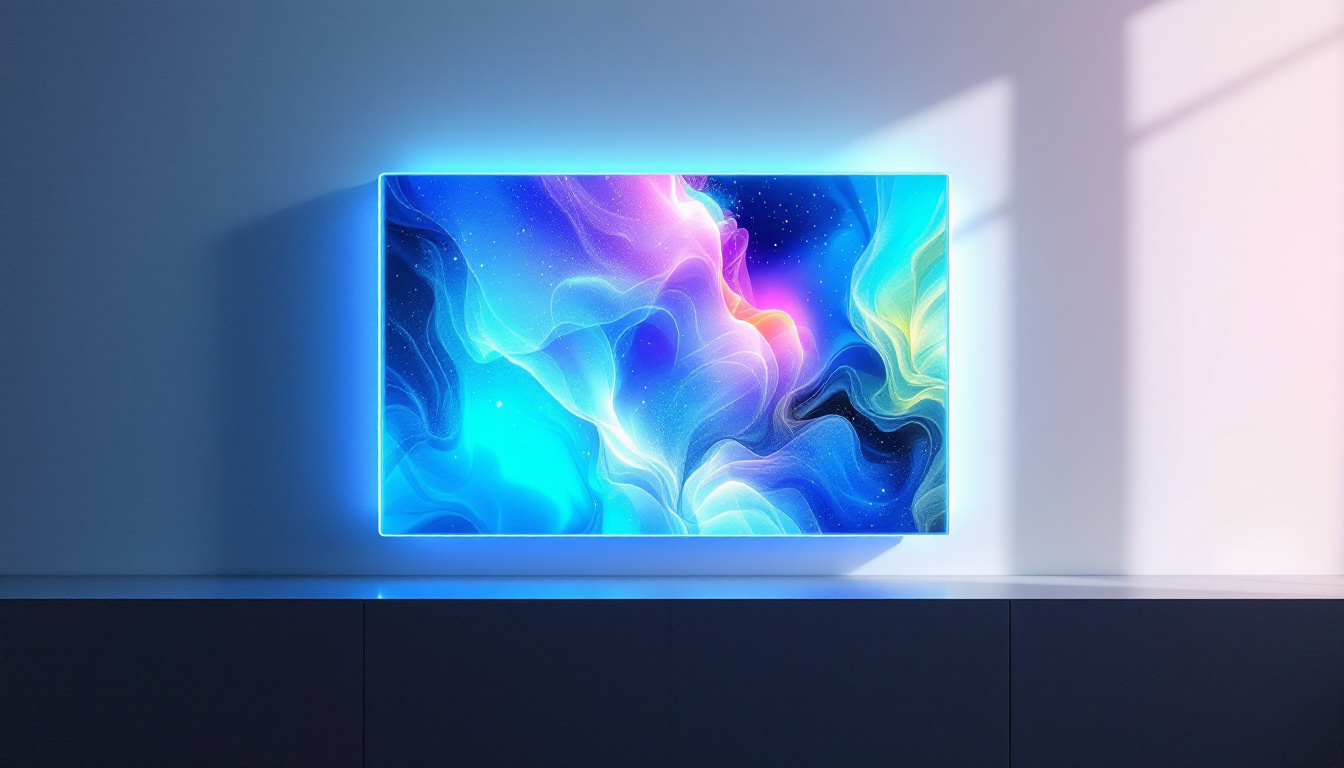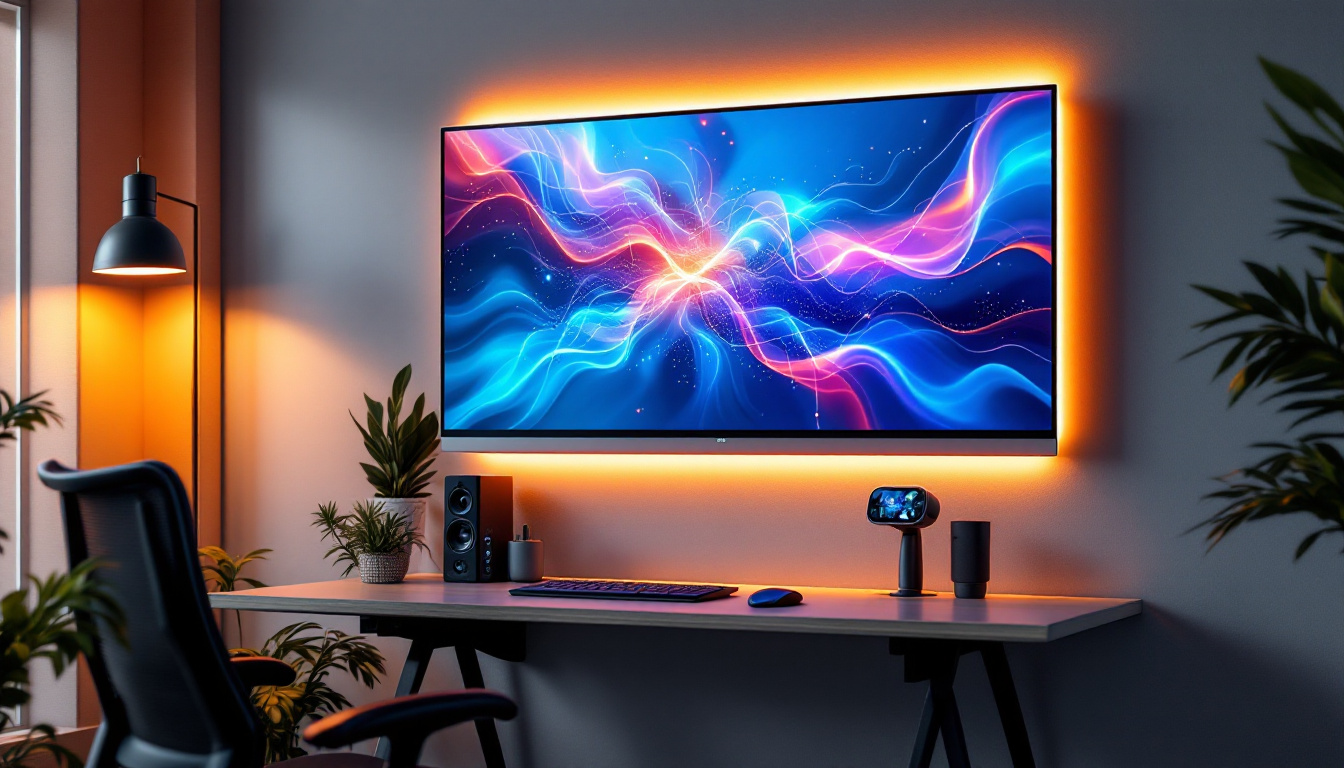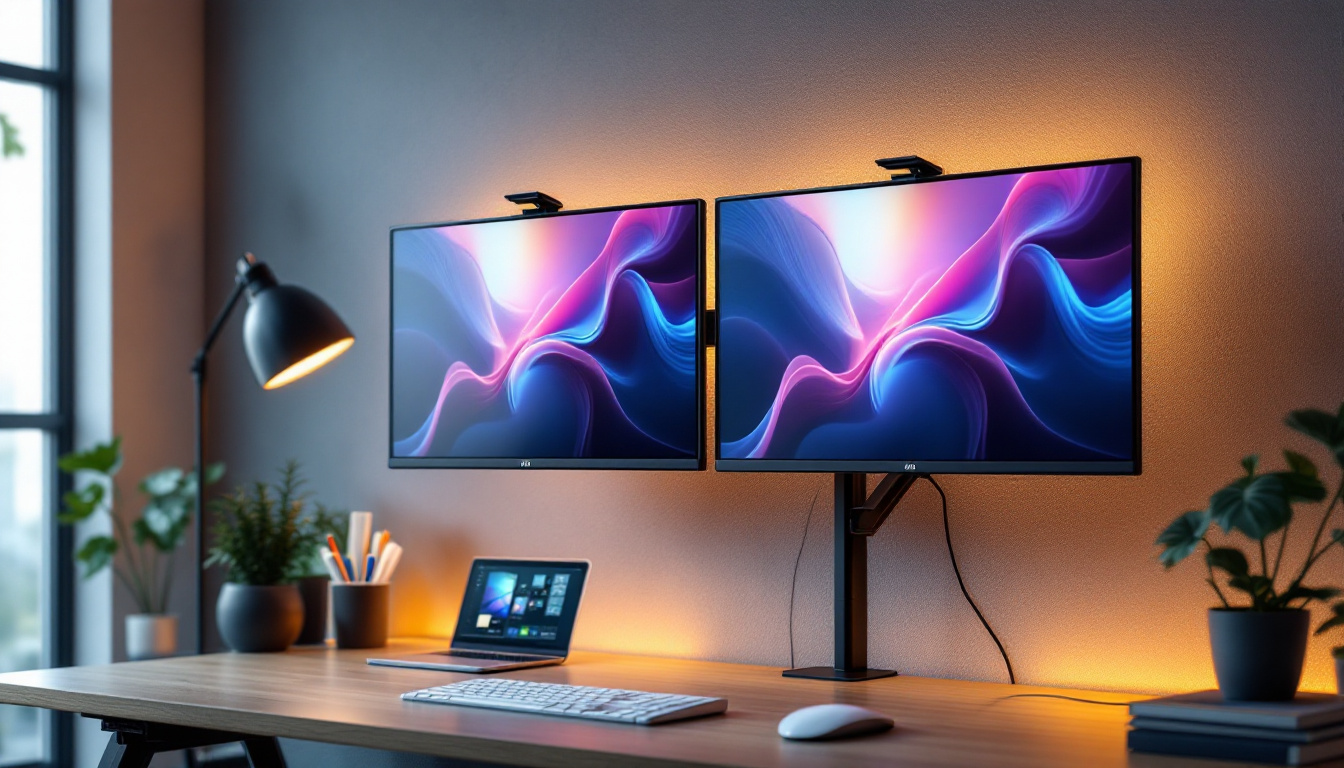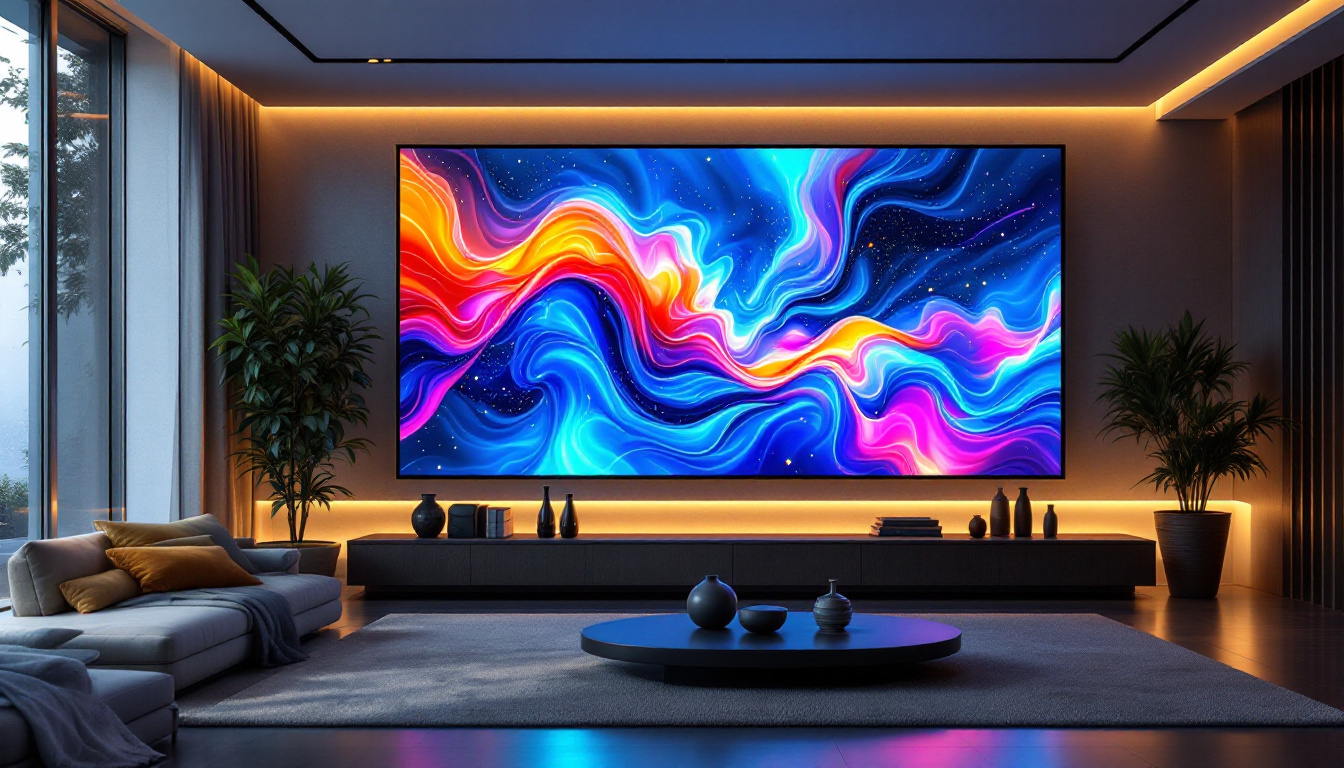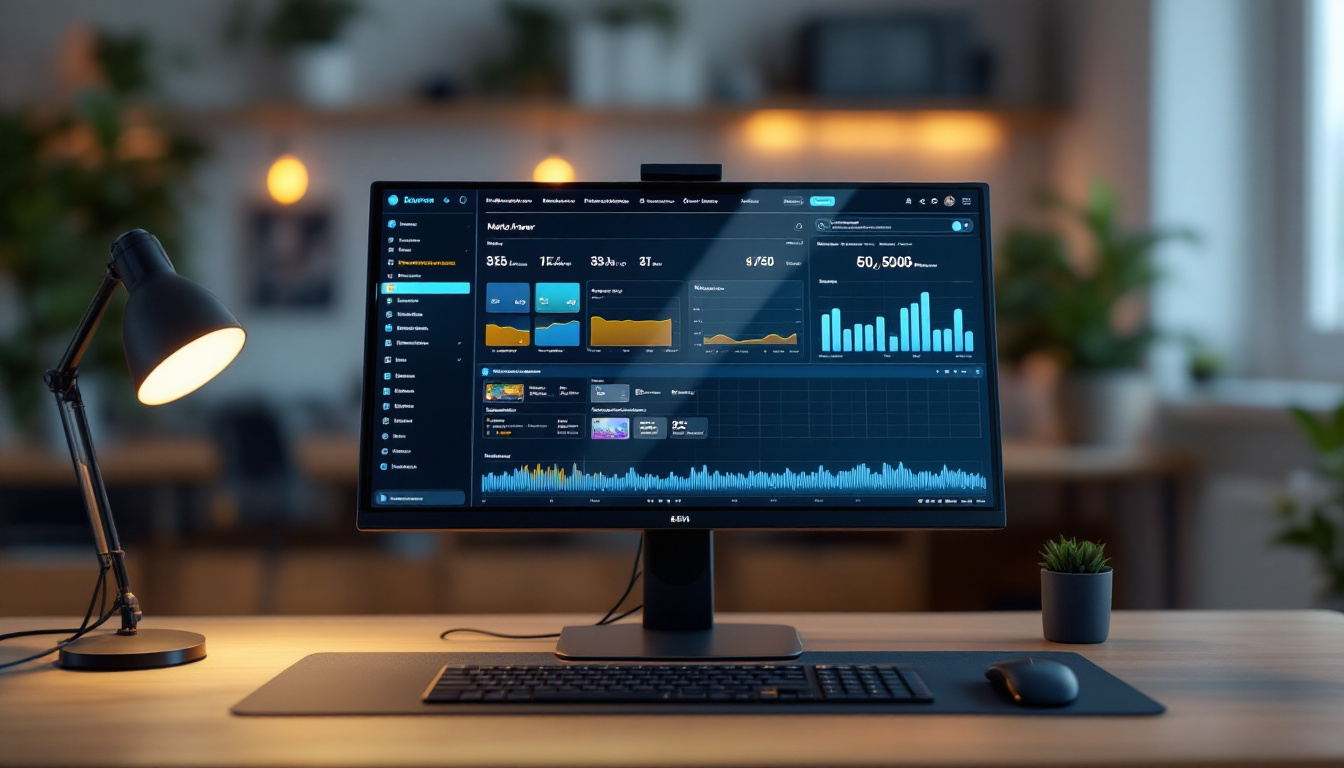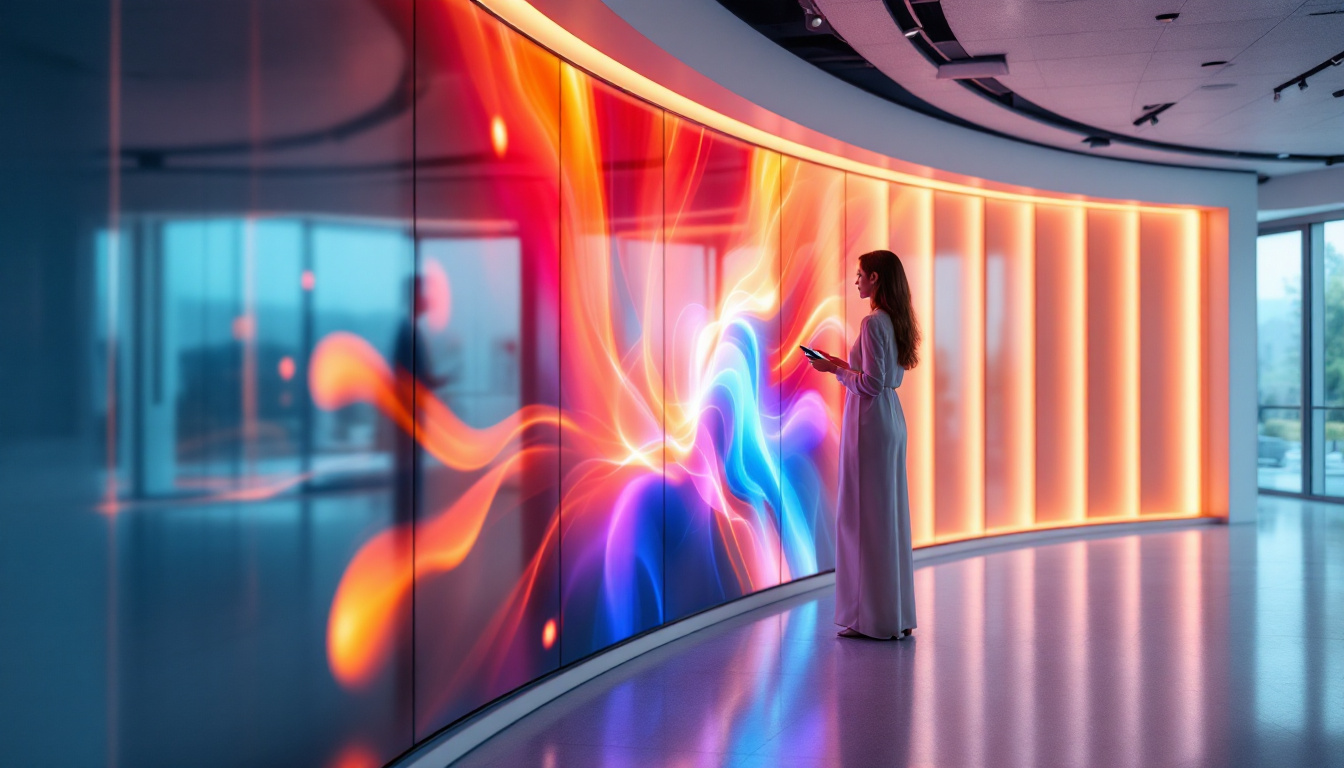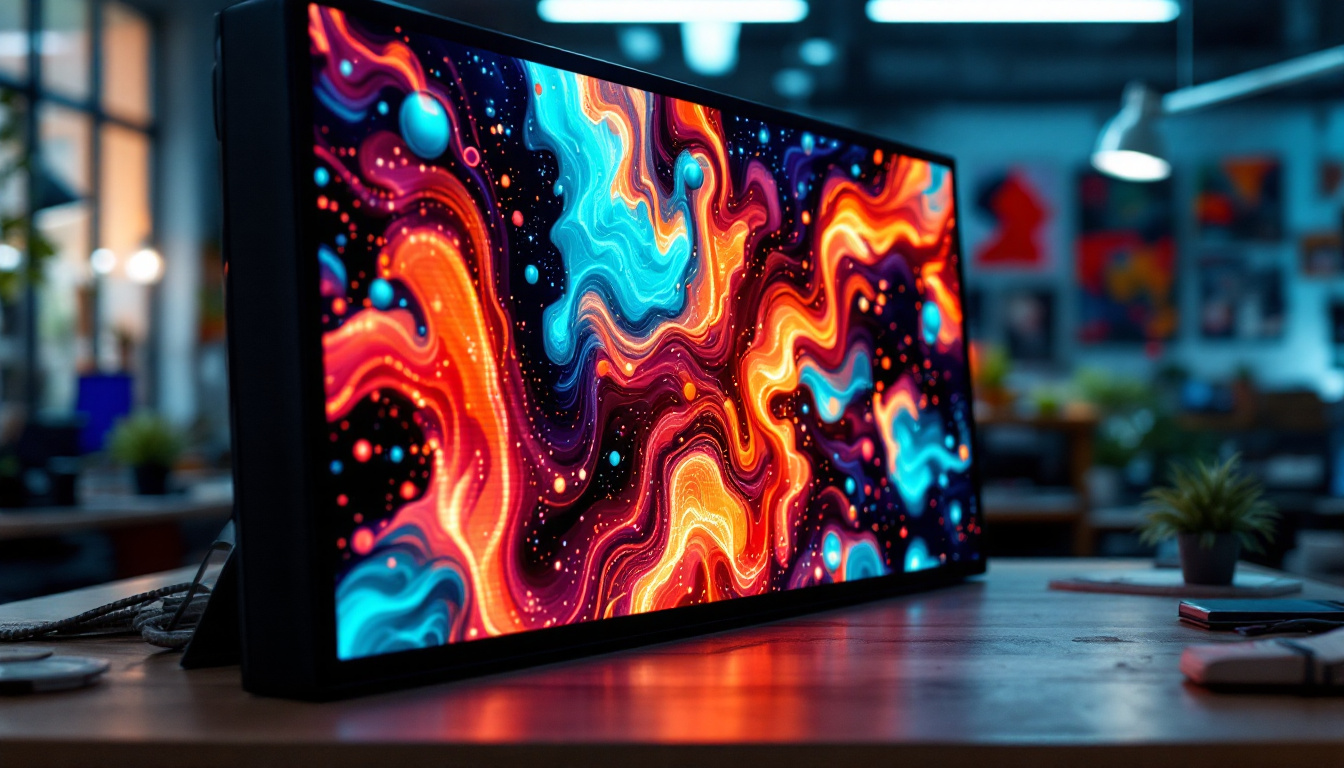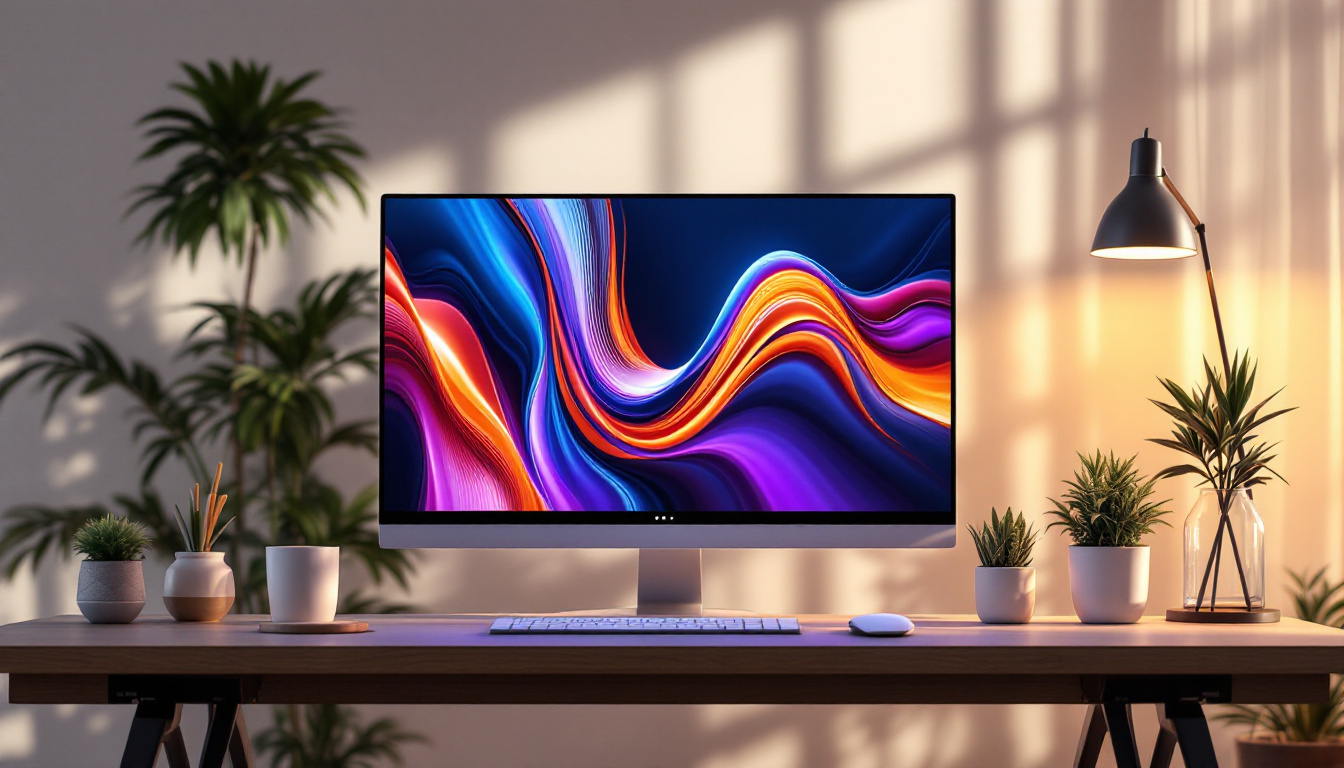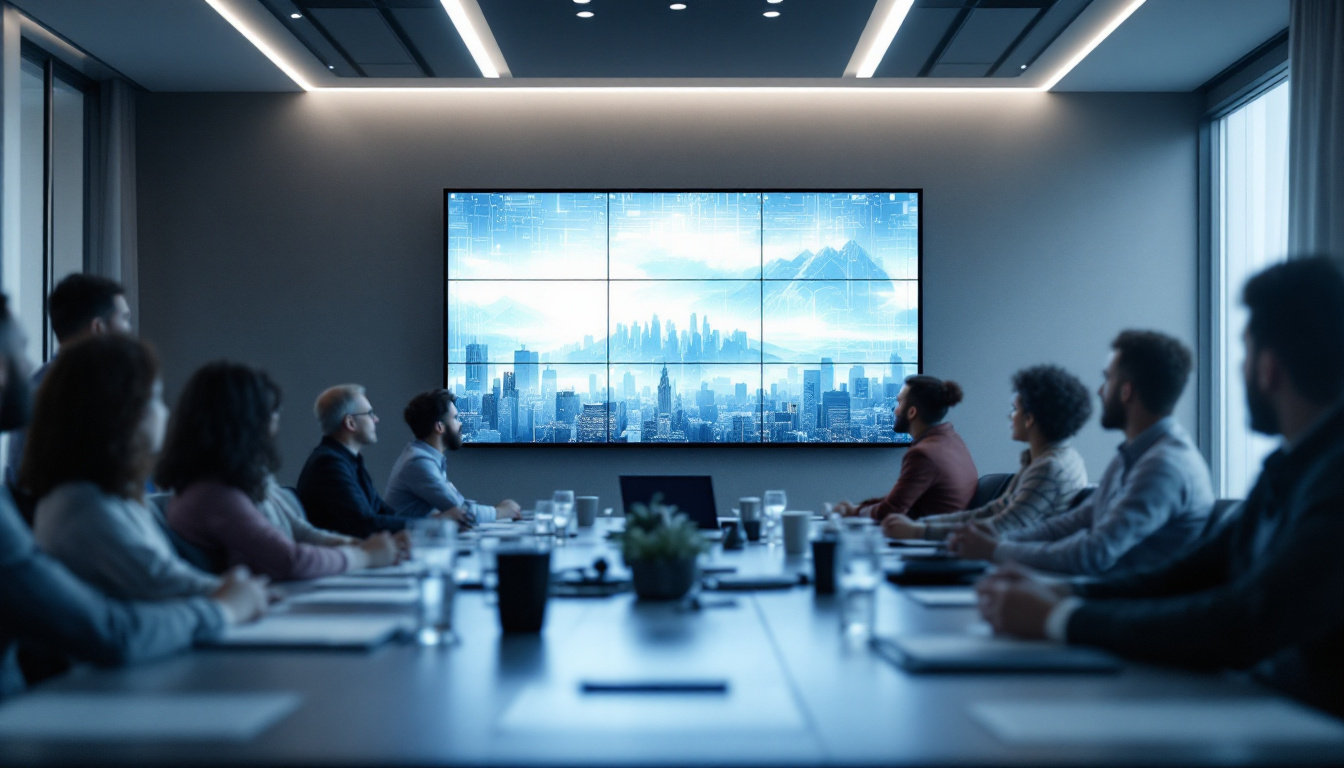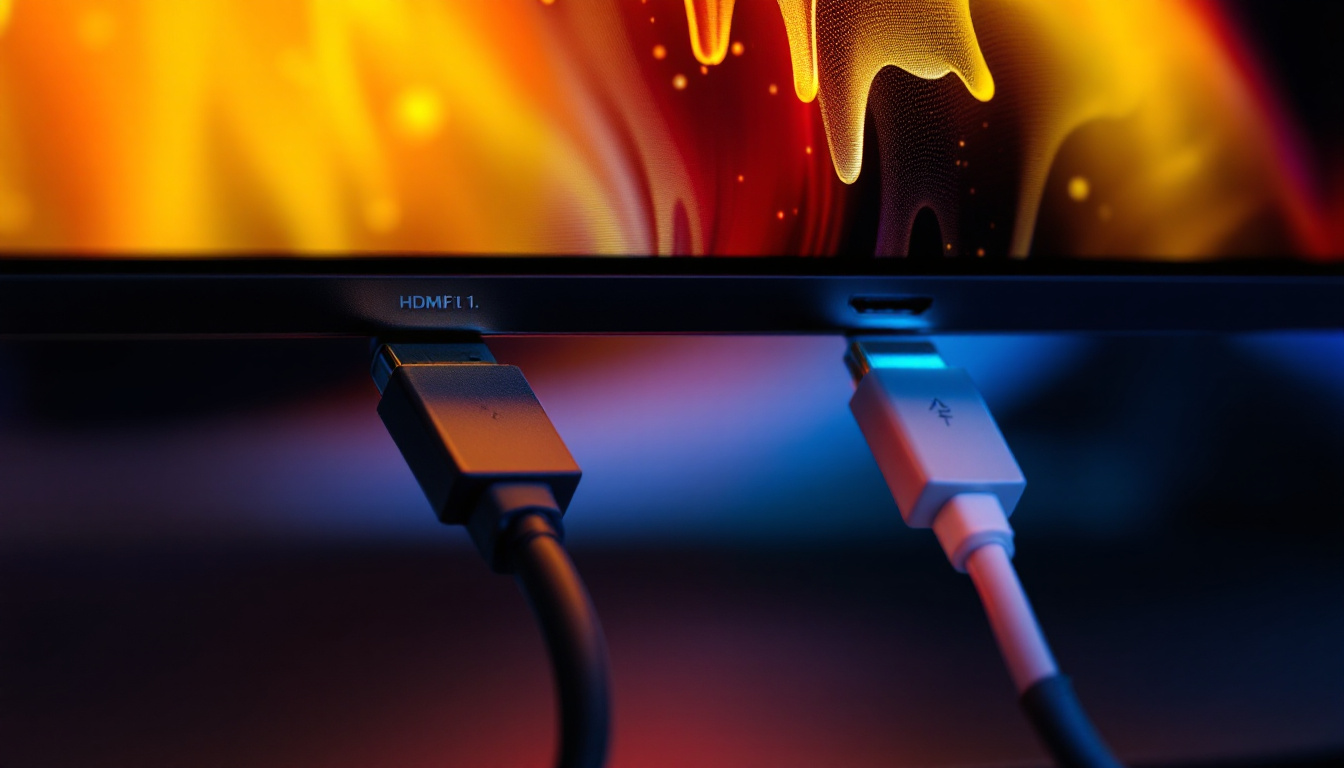RMA Status: LED Display Explained
In the world of electronics and technology, managing returns and repairs is an essential part of maintaining customer satisfaction and product quality. One of the key components in this process is the RMA (Return Merchandise Authorization) status, which often utilizes LED displays to convey information effectively. This article delves into the intricacies of RMA status and how LED displays play a crucial role in this system.
Understanding RMA: The Basics
Before exploring the role of LED displays, it is important to grasp what RMA entails. RMA is a process that allows customers to return faulty or unwanted products to manufacturers or retailers for repair, replacement, or refund. The RMA process ensures that both the customer and the company have a clear understanding of the return procedure, which can significantly enhance customer service. This structured approach not only facilitates smoother transactions but also serves as a valuable feedback mechanism for businesses, enabling them to refine their products and services based on real customer experiences.
The Importance of RMA
RMA serves several purposes in the retail and manufacturing sectors. Firstly, it helps maintain product quality by allowing companies to track defective items and address issues in production. Secondly, it enhances customer trust, as customers feel more secure knowing they can return products that do not meet their expectations. Lastly, an efficient RMA process can improve inventory management, as companies can quickly identify and replace faulty stock. Furthermore, a well-implemented RMA system can lead to increased customer loyalty; satisfied customers are more likely to make repeat purchases and recommend the brand to others, creating a positive cycle of trust and reliability.
Common RMA Scenarios
There are various situations that may lead to the initiation of an RMA. These include receiving a damaged product, discovering a manufacturing defect, or simply changing one’s mind about a purchase. Each scenario requires a different approach, but the underlying principles of the RMA process remain the same. Understanding these scenarios can help both customers and businesses navigate the RMA landscape more effectively. For instance, in the case of a damaged product, customers may need to provide photographic evidence to expedite the return process, while a manufacturing defect might require a more in-depth inspection to determine the root cause. Additionally, companies often have specific time frames within which returns must be initiated, making it crucial for customers to be aware of these policies to avoid complications.
Another common scenario involves the return of electronic items, where customers may face challenges such as restocking fees or warranty limitations. In these cases, it is essential for customers to familiarize themselves with the terms and conditions associated with their purchase. Companies, on the other hand, can benefit from clearly communicating these policies upfront, thereby reducing misunderstandings and enhancing the overall customer experience. By addressing these common RMA scenarios proactively, businesses can not only streamline their return processes but also foster a culture of transparency and accountability, which is vital in today’s competitive market.
RMA Status: What Does It Mean?
The RMA status refers to the current state of a return request. It provides vital information about where the returned item is in the process, whether it is pending approval, in transit, or completed. This status is crucial for both the customer and the company, as it allows for better tracking and communication regarding the return process.
Key RMA Status Indicators
RMA statuses can vary by company, but there are several common indicators that customers should be familiar with. These include:
- Pending: The return request has been submitted but not yet approved.
- Approved: The return request has been approved, and the customer can proceed with the return.
- Received: The returned item has been received by the company.
- Processing: The return is being processed, and a resolution is forthcoming.
- Completed: The return has been finalized, and any necessary actions (refund, replacement, etc.) have been taken.
How to Check RMA Status
Most companies provide a straightforward method for customers to check their RMA status. This can typically be done through the company’s website or customer service portal. Customers may need to enter their RMA number and other identifying information to access their status. Regular updates are essential for keeping customers informed and satisfied throughout the return process.
The Role of LED Displays in RMA Status Communication
LED displays have become an integral part of many businesses’ communication strategies, particularly when it comes to conveying RMA status. These displays offer a clear, visual representation of information, making it easier for customers and employees to understand the current state of a return.
Advantages of Using LED Displays
There are several advantages to using LED displays for RMA status communication:
- Visibility: LED displays are bright and easily visible, even from a distance, ensuring that information is accessible to everyone in the vicinity.
- real-time updates: LED technology allows for real-time updates, meaning that customers can see the latest information regarding their RMA status without delay.
- Engagement: Dynamic displays can engage customers, drawing their attention to important information and enhancing their overall experience.
How LED Displays Work
LED displays function by utilizing light-emitting diodes to create visual content. They can be programmed to show various types of information, including text, graphics, and animations. In the context of RMA status, these displays can be set up to show real-time updates about return requests, ensuring that both customers and staff are informed of any changes.
Implementing LED Displays for RMA Status
For businesses looking to enhance their RMA processes, implementing LED displays can be a game-changer. However, there are several factors to consider when integrating this technology.
Choosing the Right Display
When selecting an LED display for RMA status communication, businesses should consider factors such as size, resolution, and location. A larger display may be necessary for high-traffic areas, while a smaller display may suffice in less frequented spaces. Additionally, the resolution should be high enough to ensure that text is legible from a distance.
Software Integration
To maximize the effectiveness of LED displays, businesses should invest in software that can seamlessly integrate with their existing systems. This software should be capable of pulling real-time data from the RMA management system and displaying it on the LED screens. This integration ensures that the information shown is always up-to-date and accurate.
Case Studies: Successful Implementation of LED Displays
Several companies have successfully integrated LED displays into their RMA processes, resulting in improved customer satisfaction and operational efficiency. These case studies can serve as valuable examples for businesses considering similar implementations.
Case Study 1: Electronics Retailer
An electronics retailer implemented LED displays in their service center to communicate RMA status to customers waiting for repairs. The displays showed real-time updates, including estimated completion times and any changes in status. As a result, customer inquiries decreased significantly, and customer satisfaction scores improved.
Case Study 2: Automotive Parts Supplier
An automotive parts supplier utilized LED displays in their warehouse to track RMA status for returned items. By displaying information such as the number of items in processing and expected resolution times, the company was able to streamline their operations. This led to faster turnaround times and a reduction in the number of lost returns.
Challenges and Considerations
While LED displays offer numerous benefits, there are challenges and considerations that businesses must address before implementation. Understanding these challenges can help ensure a smooth transition and successful integration.
Cost Implications
One of the primary challenges of implementing LED displays is the initial investment. High-quality LED displays can be expensive, and businesses must weigh the costs against the potential benefits. However, many companies find that the long-term savings and increased customer satisfaction justify the initial expenditure.
Maintenance and Updates
Maintaining LED displays requires ongoing attention. Regular updates to the software and hardware are necessary to ensure optimal performance. Additionally, businesses must have a plan in place for addressing any technical issues that may arise, as downtime can negatively impact customer experience.
Future Trends in RMA Status Communication
The landscape of RMA status communication is continually evolving, and businesses must stay informed about emerging trends to remain competitive. As technology advances, new opportunities for enhancing customer experience will arise.
Integration with Mobile Technology
One of the most promising trends is the integration of LED displays with mobile technology. Customers may soon be able to receive real-time updates on their RMA status directly on their smartphones through apps or text notifications. This level of convenience can significantly enhance the customer experience and streamline communication.
Artificial Intelligence and Automation
Artificial intelligence (AI) and automation are also poised to play a significant role in the future of RMA status communication. AI can analyze customer data to predict potential issues and proactively communicate with customers about their RMA status. This proactive approach can lead to higher customer satisfaction and loyalty.
Conclusion
The integration of LED displays into RMA status communication represents a significant advancement in how businesses manage returns and repairs. By providing clear, real-time updates, these displays enhance customer experience and operational efficiency. As technology continues to evolve, businesses that embrace these innovations will be better positioned to meet customer needs and stay ahead of the competition.
Ultimately, understanding the RMA process and effectively communicating its status through modern technologies like LED displays can lead to improved customer relationships and a more streamlined operational framework. Companies that prioritize this aspect of their business will likely reap the rewards in terms of customer satisfaction and loyalty.
Explore Cutting-Edge RMA Communication with LumenMatrix
Ready to elevate your RMA status communication and enhance your customer’s experience? Discover LumenMatrix’s innovative LED display solutions, designed to deliver clear, real-time updates and captivate your audience. From Indoor and Outdoor LED Wall Displays to specialized solutions like Vehicle and Sports Displays, LumenMatrix is committed to revolutionizing visual communication. Check out LumenMatrix LED Display Solutions today and see how we can help you share your message with impact and clarity.

